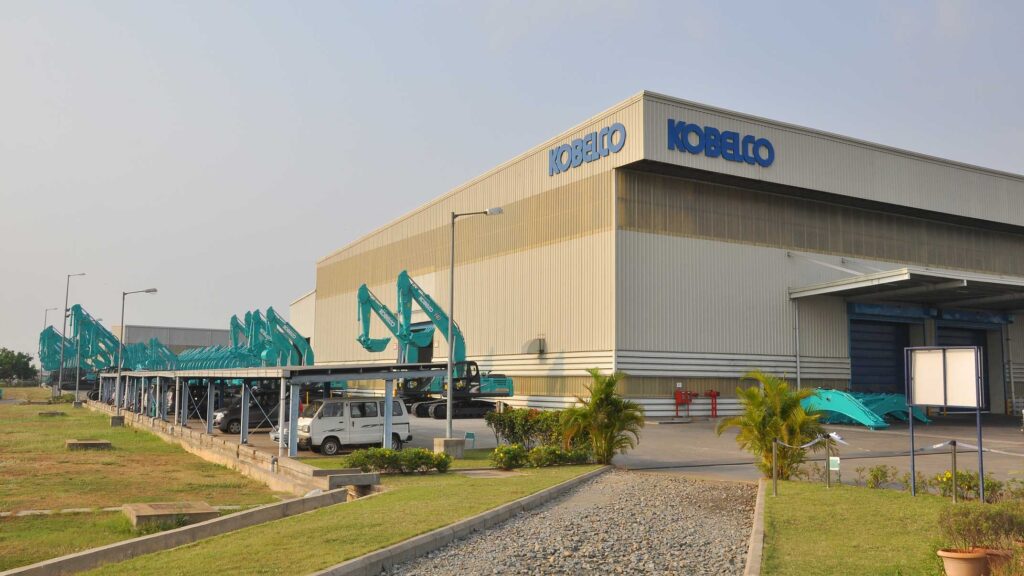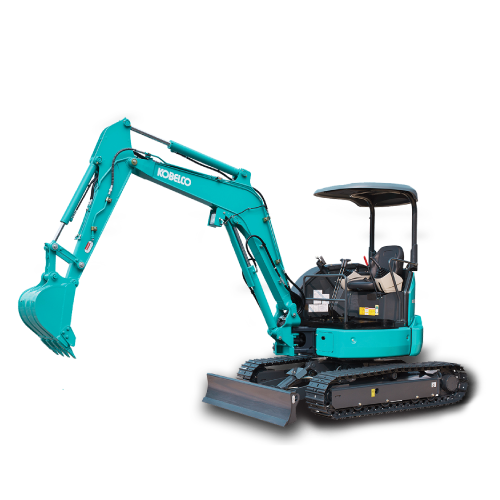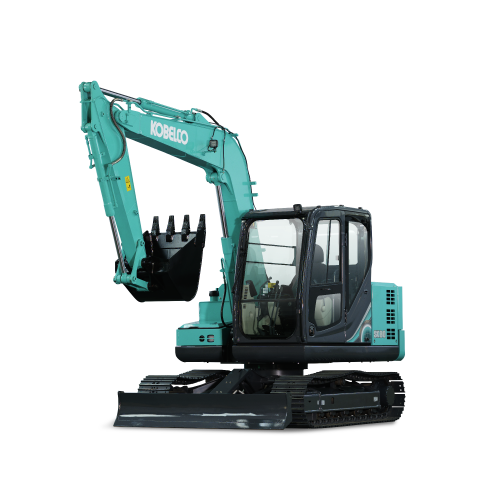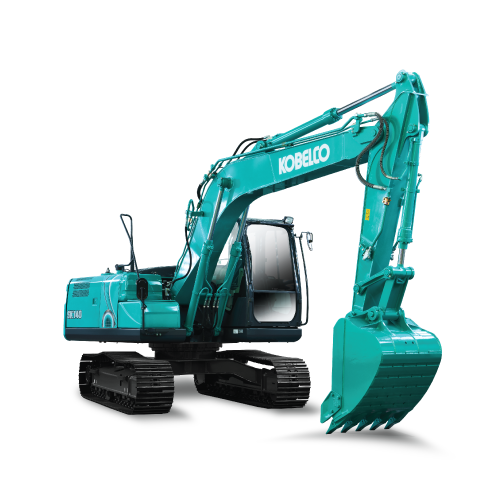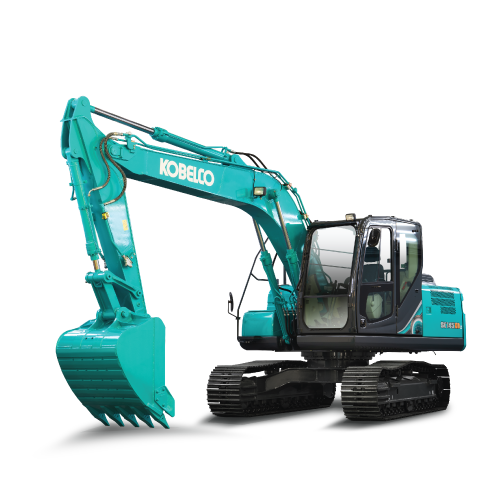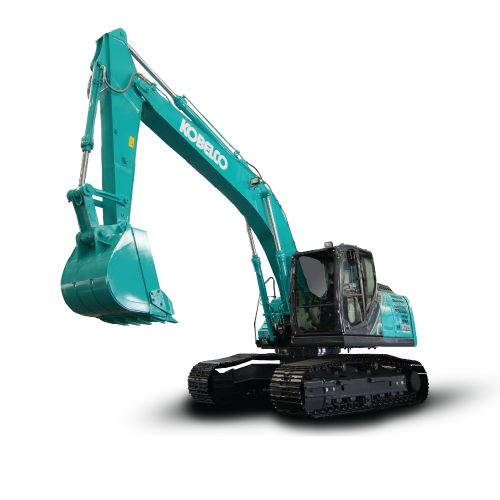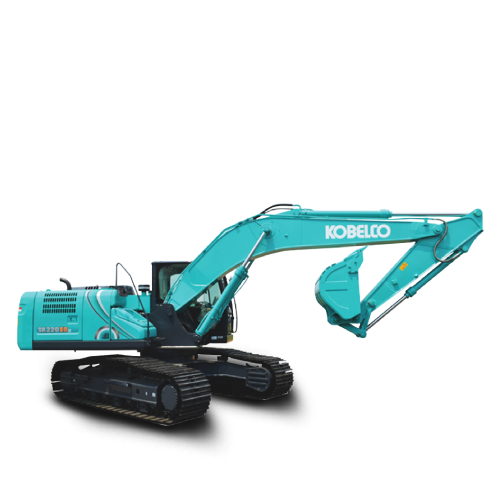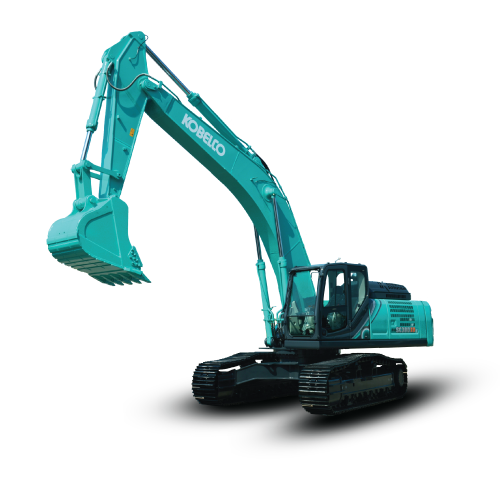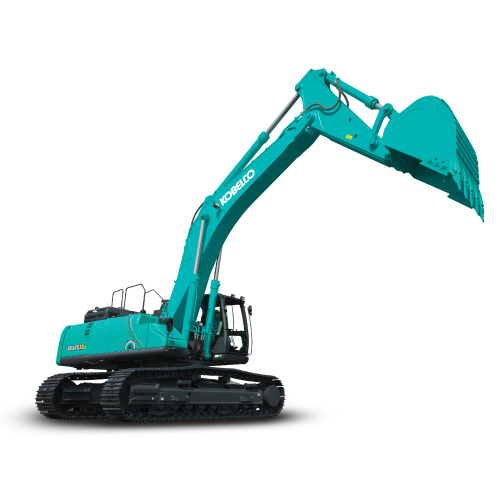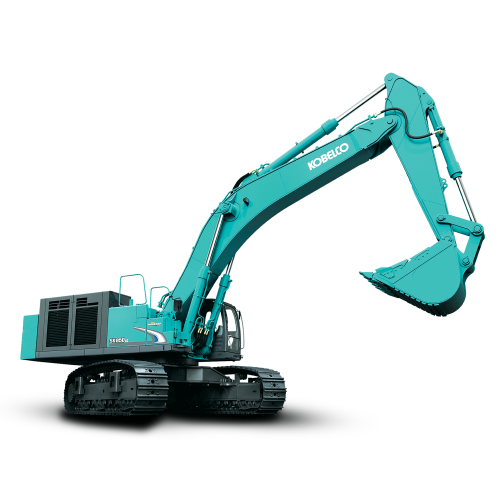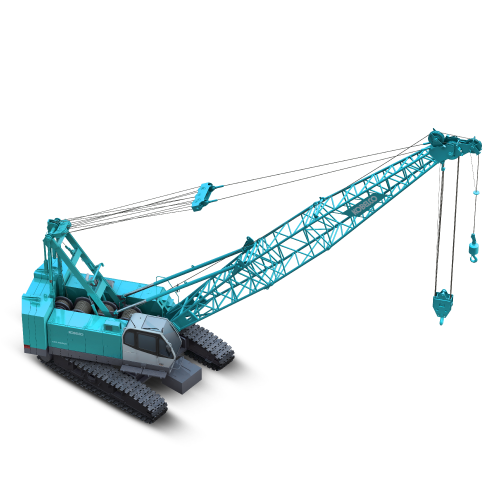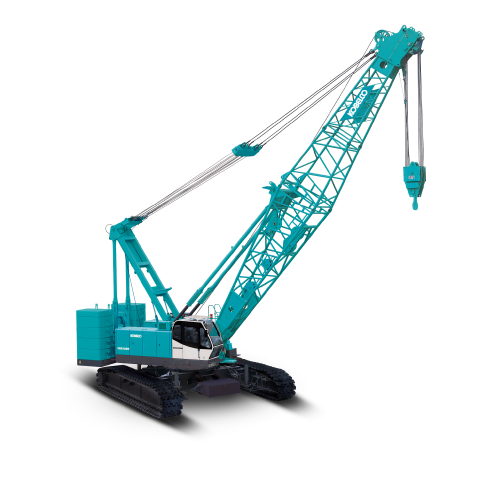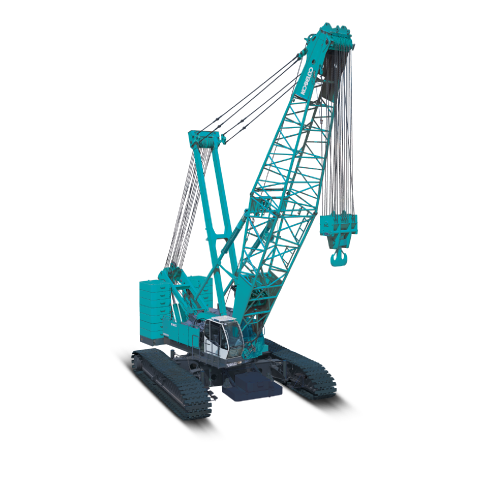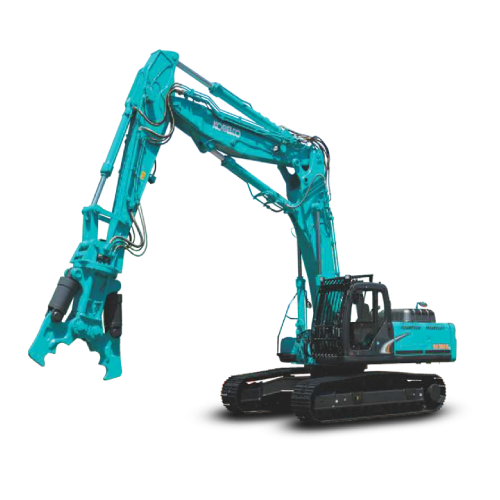The Role of Heavy Machinery in India's Infrastructure Boom
India is undergoing a significant transformation in its infrastructure development, marked by an unprecedented boom. This surge is largely fueled by the heavy machinery manufacturers in India, who allow widespread utilization of heavy machinery, playing a pivotal role in shaping the nation's evolving landscape. As the country strives for economic growth and urbanization, the deployment of advanced equipment in construction and infrastructure projects has become instrumental in shaping the landscape of progress.
Let us explore the significance of heavy machinery in India's infrastructure development and analyze the contributing factors that have led to its growth and success:
Acceleration of Construction Projects
One of the primary contributions of heavy machinery is the acceleration of construction projects in the country. The use of advanced tools, ranging from excavators to cranes and bulldozers, brings unmatched efficiency and speed to construction projects, significantly reducing the time required for project completion. In a country with a rapidly growing population and urbanization rate, the need for timely completion of infrastructure projects is paramount. Heavy machinery accelerates construction timelines, enabling the swift creation of roads, bridges, and buildings. This acceleration, fueled by heavy machinery manufacturers in India, not only meets the growing demand for infrastructure but also ensures timely project delivery, saving costs and resources.
Enhanced Efficiency and Precision
Heavy machinery brings a level of efficiency and precision to construction processes that manual labor alone cannot achieve. Sophisticated machines from construction equipment manufacturers ensure accurate excavation, grading, and material placement for structurally sound and visually appealing infrastructure. Modern heavy machinery is equipped with advanced technologies that ensure precision and efficiency in construction. From GPS-guided excavators to laser-equipped leveling systems, these tools enable engineers and construction teams to achieve a high level of accuracy in their work, especially in projects that demand precision, such as the construction of high-rise buildings or intricate infrastructure
Cost Savings and Resource Optimization
The use of heavy machinery not only accelerates the pace of construction but also leads to substantial time and cost savings. Manual labor-intensive tasks that would take weeks can now be completed in a few days, significantly reducing project timelines. While the initial investment in heavy machinery might seem crucial, the long-term benefits in terms of cost savings and resource optimization are substantial. Automated machinery reduces the need for extensive manual labor, minimizes errors, and optimizes the use of construction materials. This, in turn, leads to reduced project costs and improved overall project efficiency.
Infrastructure for Economic Growth
Investments in infrastructure have a direct correlation with economic growth. The development of robust transportation networks, modern urban spaces, and efficient industrial zones not only facilitates trade and commerce but also attracts investments. India's ambitious infrastructure projects, including expressways, airports, and smart cities, require the capabilities of heavy machinery. These excavators and heavy machines, with their immense capacity and capabilities, play a pivotal role in constructing the foundations of these growth-enabling infrastructures, which is a testament to India's infrastructure development.
Job Creation
Heavy machinery not only minimizes manual labor but also sparks employment opportunities, fostering a demand for skilled operators, technicians, and maintenance professionals. This dual effect not only bolsters the job market but also contributes significantly to overall economic growth. The demand for specialized skills creates a positive ripple effect, promoting stability and prosperity in the employment landscape of the country. As heavy machinery continues to play a pivotal role in India's infrastructure development, it becomes a catalyst for sustainable job creation and economic advancement.
